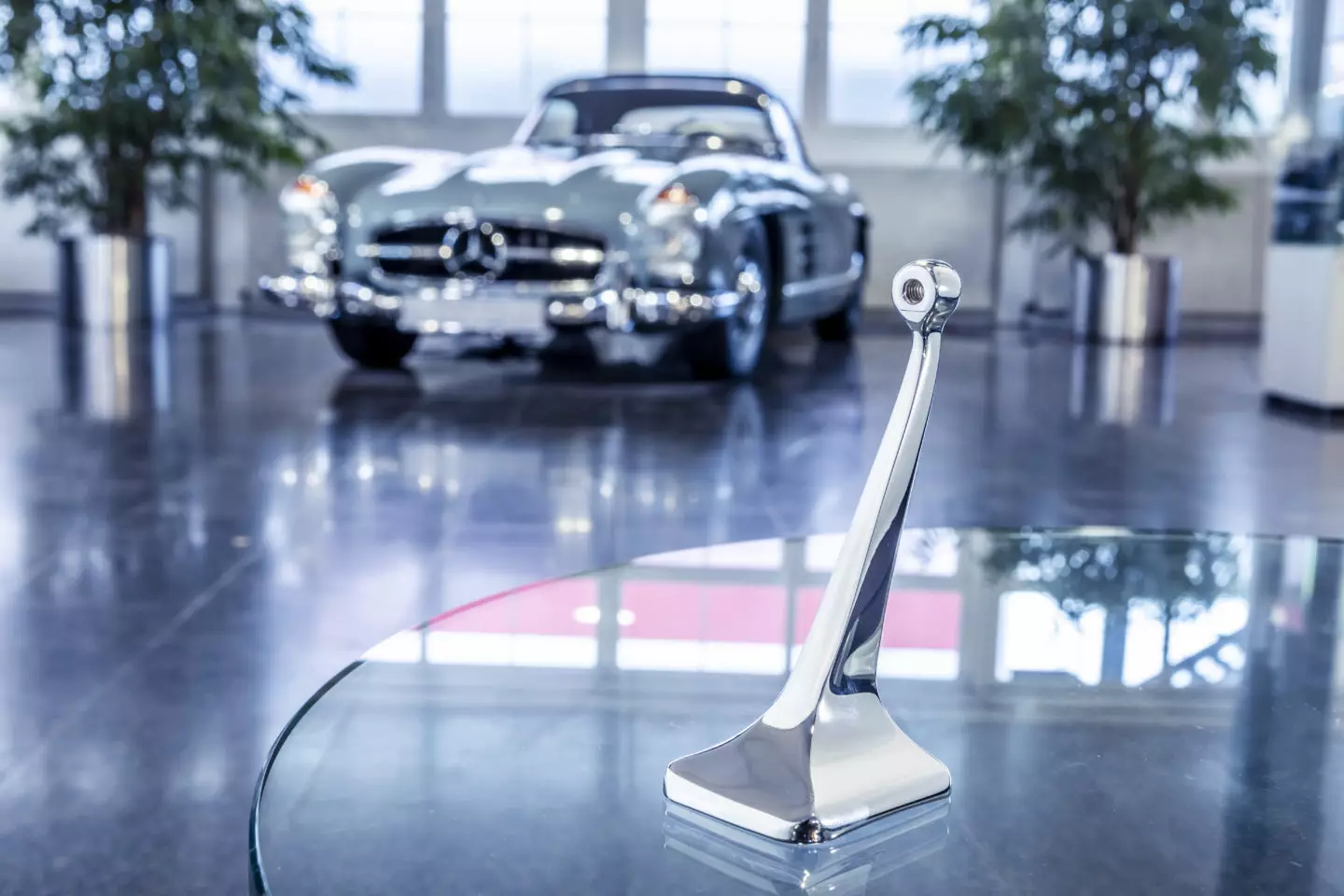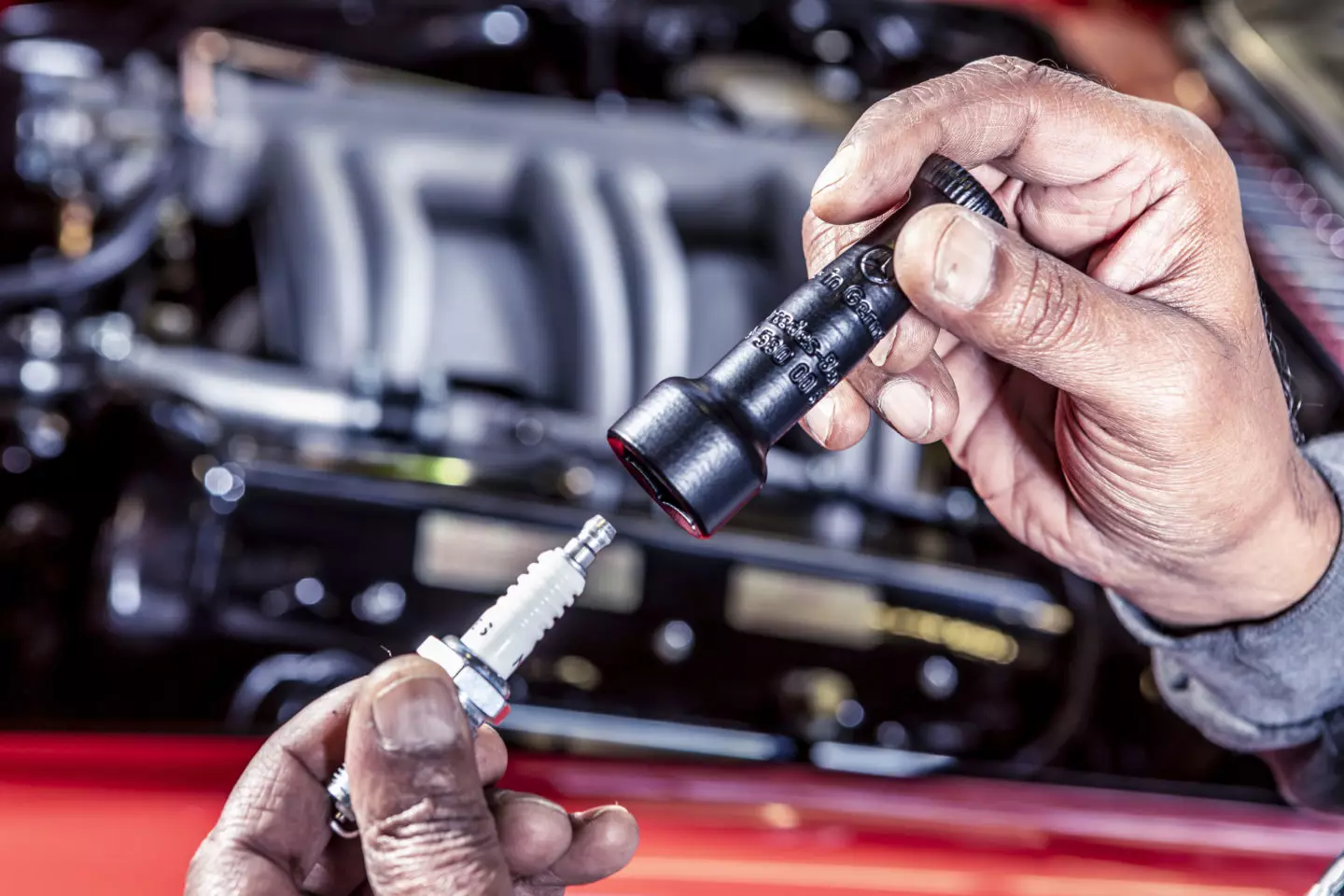The biggest nightmare for any owner of a classic is the lack of parts. The idea of looking everywhere and not being able to find that piece that is necessary to put a valuable classic to work or in a state of competition is one of the biggest fears of those dedicated to keeping the glories of other times on the road.
However, for some time now, people started to resort to a technology that promises to make the hours spent looking for parts in scrap dealers or rummaging through warehouse shelves a thing of the past. 3D printing allows you to create pieces just like the originals without having to resort to expensive or very time-consuming processes.
Mercedes-Benz is one of the brands that decided to embrace this technology (another brand that did so was Porsche), and since 2016 it has been offering replacement parts for its classics produced using 3D printing.
Now, the German brand has announced that it has started to produce more parts of former models using this technology, this after the parts have passed a strict quality control.

How the printing process works
The new parts produced using 3D printing that entered the Mercedes-Benz catalog are: the interior mirror support of the 300 SL Coupe (W198), and parts for the sunroof models W110, W111, W112 and W123. In addition to these parts, 3D printing also allowed Mercedes-Benz to reproduce a tool designed to remove the spark plugs from the 300 SL Coupe (W198).

Thanks to 3D printing, Mercedes-Benz managed to recreate a tool that facilitates changing spark plugs on the 300 SL.
Subscribe to our newsletter here
In order to create new parts using 3D printing, Mercedes-Benz creates digital “molds” of the original parts. Afterwards, the data is inserted in an industrial 3D printer and this one will deposit several layers of the most varied materials (they can be processed from metals to plastics).
Then they are synthesized or fused, using one or more lasers, creating a piece identical to the original.
Subscribe to our Youtube channel.
